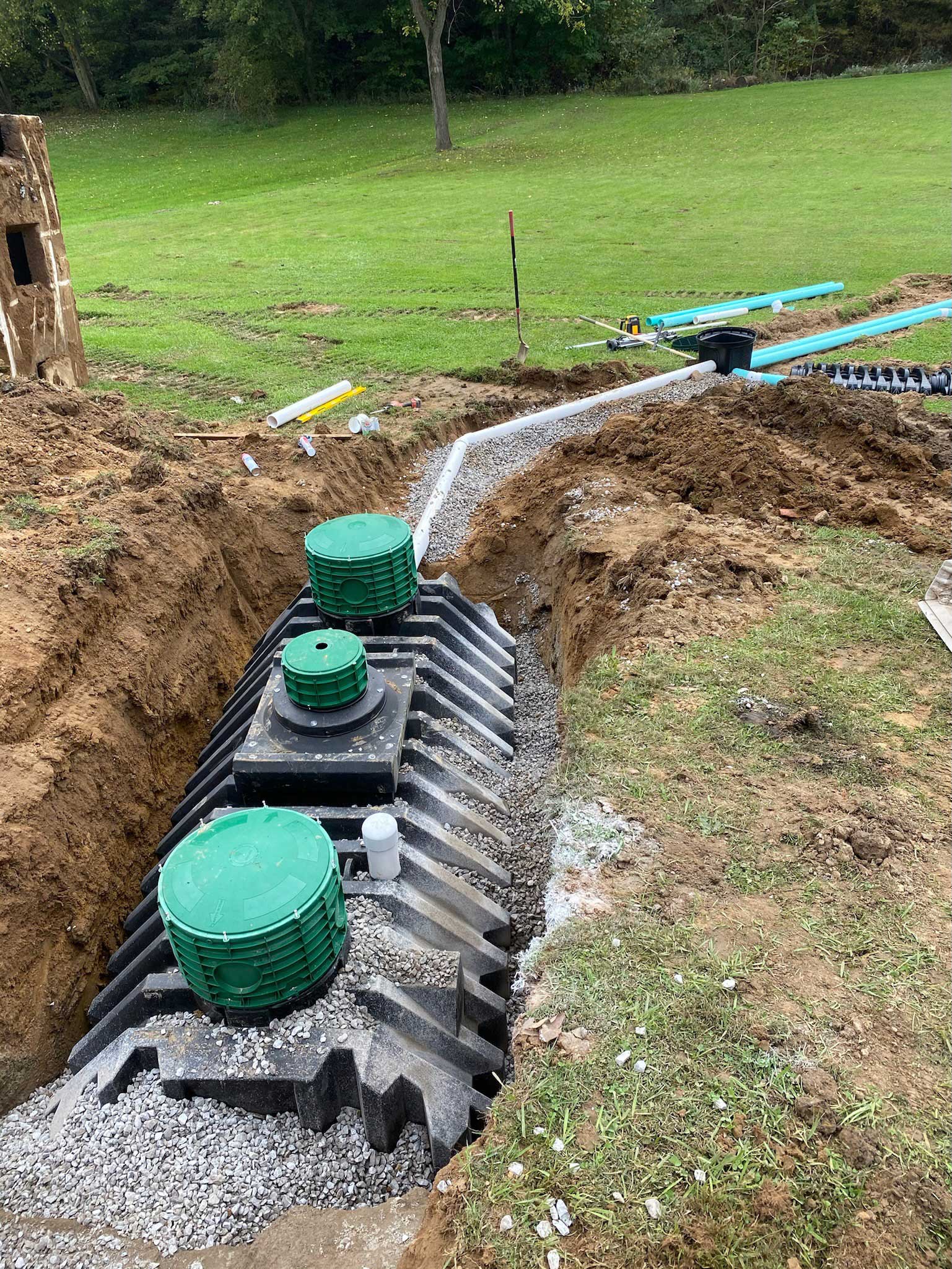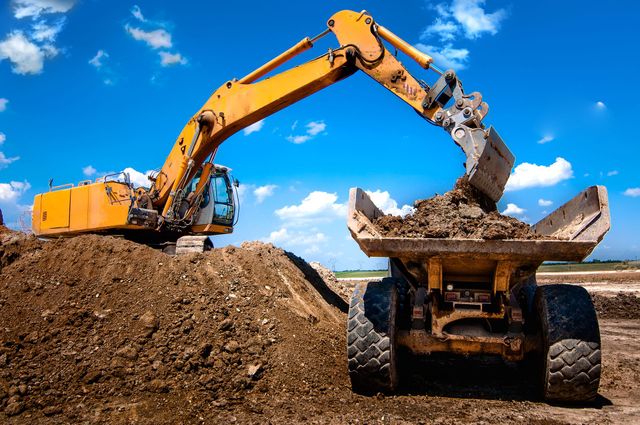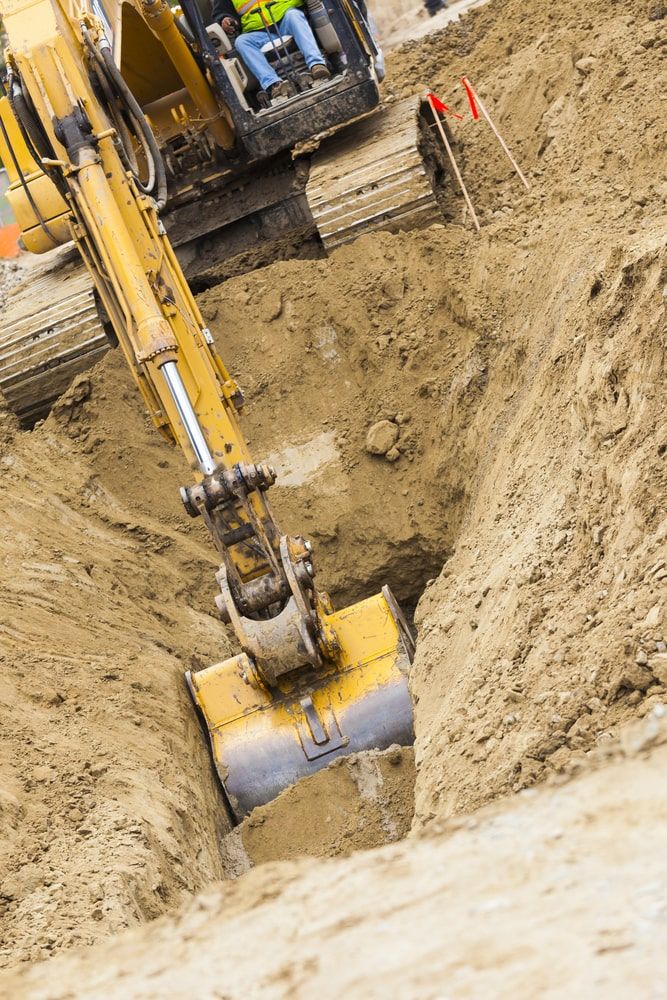Extensive Exploration: The Science Behind Superior Excavation Practices
From old hand tools to contemporary hydraulic excavators, the development of excavation methods has been a testament to human resourcefulness and technological advancements. What genuinely sets premium excavation techniques apart is a deep understanding of geological concepts, combined with the utilization of sophisticated tools and approaches.
Advancement of Excavation Strategies
Throughout background, the evolution of excavation strategies has actually played a critical function in advancing building and construction methods and archaeological explorations. From the fundamental tools made use of by our forefathers to the innovative machinery utilized in modern-day times, the development of excavation approaches has dramatically changed how we approach various jobs.
In ancient times, hands-on labor with basic devices such as pickaxes, shovels, and wheelbarrows was the main approach of excavation. This labor-intensive process restricted the depth and extent of excavations, typically resulting in sluggish development and restricted access to particular sites. Nonetheless, as civilizations advanced, so did the techniques and tools used for excavation.
The Industrial Revolution marked a turning point in excavation techniques with the introduction of steam-powered machinery. In modern times, innovation plays a crucial role in excavation, with advancements like GPS systems, drones, and 3D scanning enhancing accuracy and performance in the area.
Role of Modern Technology in Excavation

The integration of cutting-edge technology has basically changed the field of excavation, enhancing accuracy and effectiveness to unmatched levels. Among the crucial technological advancements that has actually substantially affected excavation practices is the application of general practitioner systems. These systems permit accurate mapping of excavation websites, making it possible for operators to accurately situate underground utilities and frameworks. Furthermore, using telematics in excavation equipment has actually made it possible for real-time surveillance of maker performance, leading to aggressive maintenance and raised functional productivity.
In addition, the introduction of 3D modeling and simulation software program has structured the preparation process for excavation tasks. Engineers and drivers can currently imagine the whole excavation procedure prior to beginning, maximizing and identifying prospective challenges operations. Together with this, the execution of drones in excavation activities has actually helped with aerial studies, volumetric measurements, and site assessments with unparalleled rate and accuracy.
Geological Principles in Excavation
An understanding of geological principles is necessary for ensuring the structural stability and stability of excavation sites. Geological aspects play a crucial role in identifying the expediency and security of excavation jobs (lancaster trenching). One vital geological concept to take into consideration is the sort of dirt or rock present at the website. Different soil kinds, such as crushed rock, clay, or sand, have differing levels of stability and require different excavation techniques. Natural soils like clay may require additional assistance to protect against collapses, while sandy dirts may be prone to erosion throughout excavation.
Furthermore, the geological framework of the area, consisting of mistakes, fractures, and rock formations, have to be meticulously examined to determine prospective risks and obstacles. Digging deep into near geological fault or unsteady rock formations can lead to instability and potential hazards. By conducting complete geological surveys and analysis, designers and excavators can create techniques to reduce risks and guarantee the successful completion of excavation tasks. Inevitably, including geological principles right into excavation techniques is essential for accomplishing risk-free, effective, and sustainable results.

Latest Devices for Excavation
In the world of excavation techniques, modern advancements in tools have revolutionized the performance and accuracy of excavation procedures. These drones can offer comprehensive aerial studies of excavation websites, using real-time data on topography and potential risks.
An additional cutting-edge tool acquiring popularity is the implementation of 3D printing modern technology for developing personalized excavation devices. This permits the production of specialized tools that are customized to the certain demands of a project, raising efficiency and decreasing downtime.
Furthermore, innovations in products science have brought about the advancement of stronger and a lot more long lasting excavation tools. septic ohio. Tungsten carbide-tipped excavator accessories, for example, offer remarkable performance in tough ground conditions, enhancing performance on-site
Scientific research's Effect on Excavation Practices

Furthermore, innovations in products science have led to the creation of stronger, extra long lasting excavation tools and equipment. For circumstances, using composite materials in diggers and shovels has boosted their performance and long life, eventually enhancing performance on excavation websites. Furthermore, clinical research study on soil technicians and geotechnical engineering has actually offered beneficial understandings right into dirt habits, allowing excavation specialists to make educated choices pertaining to excavation techniques and soil stablizing techniques. Generally, science remains to drive advancement and enhancement in excavation methods, making excavation projects more reliable, affordable, and sustainable.

Verdict
In verdict, the advancement of excavation techniques has actually been considerably affected by improvements in technology and a much deeper understanding of geological concepts. The most recent devices and tools utilized in excavation have improved performance and accuracy in the field. The application of clinical expertise has considerably enhanced excavation techniques, causing much more effective and lasting approaches for excavating various kinds of materials.
In the realm of excavation practices, contemporary innovations in tools have revolutionized the efficiency and precision visit our website of excavation procedures. By leveraging clinical concepts, the excavation sector has actually been able to dramatically boost performance, precision, and safety and security in excavation processes. GPR allows excavation teams to non-invasively check and map subsurface structures, utilities, and prospective threats, allowing them to intend excavation tasks with greater precision and reduced danger of mishaps.
Furthermore, scientific research on dirt auto mechanics and geotechnical engineering has actually given useful insights into dirt actions, enabling excavation professionals to make enlightened choices concerning excavation methods and dirt stabilization techniques. On the whole, scientific research proceeds to drive development and read the full info here improvement in excavation techniques, making excavation jobs much more reliable, economical, and sustainable.